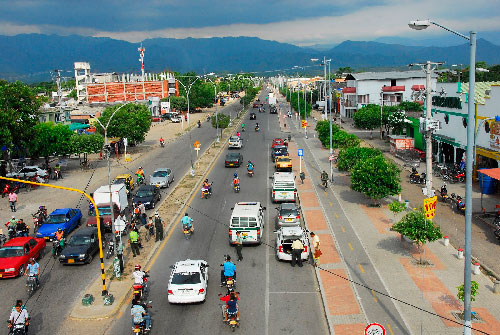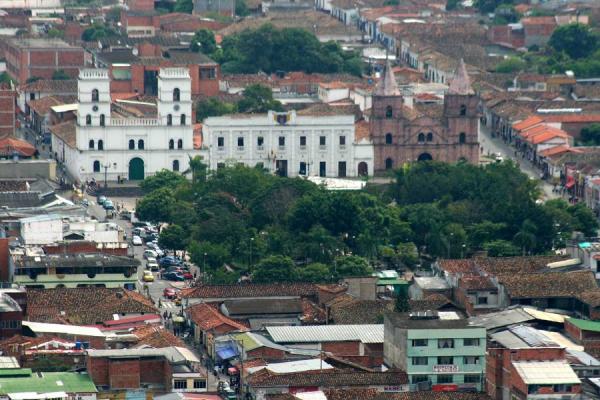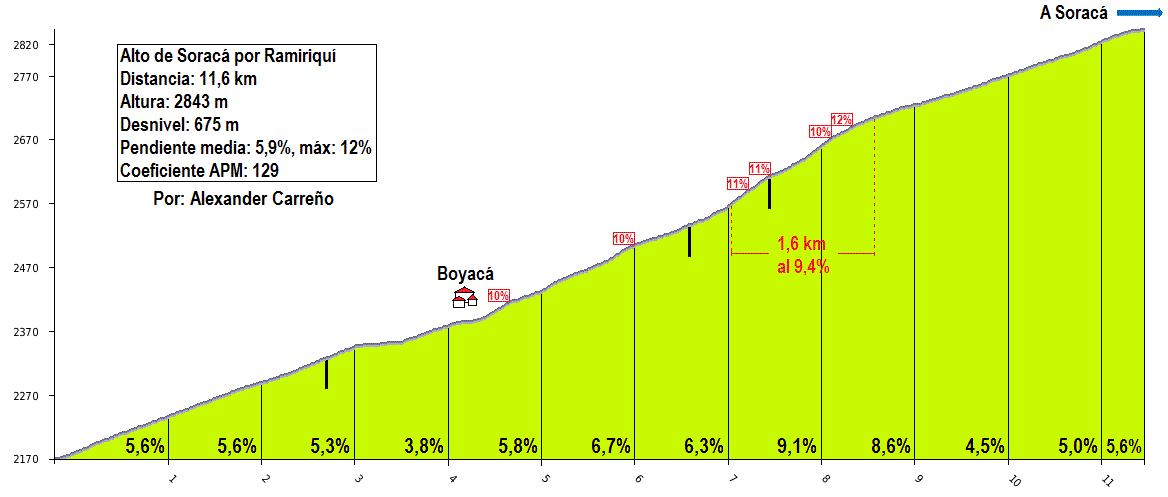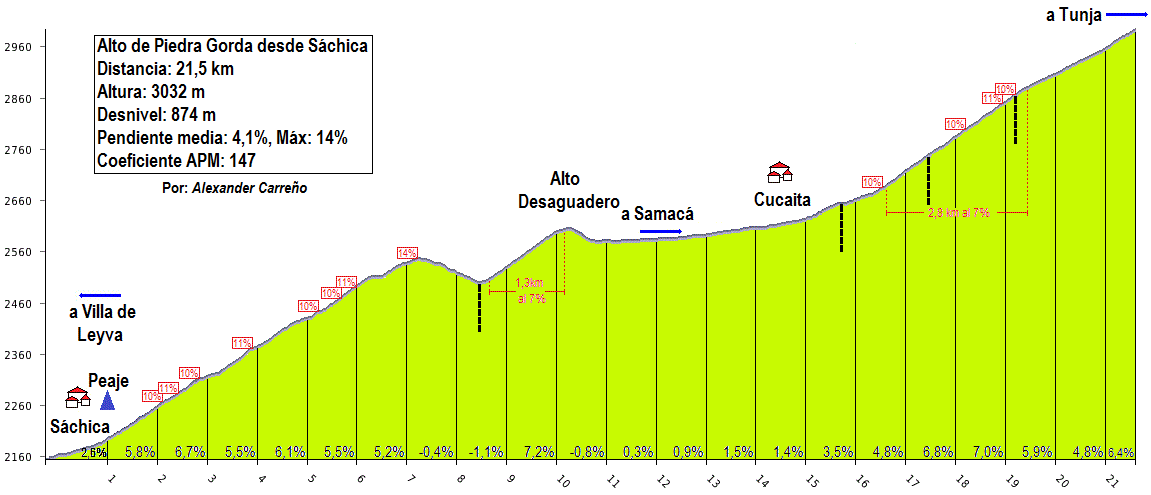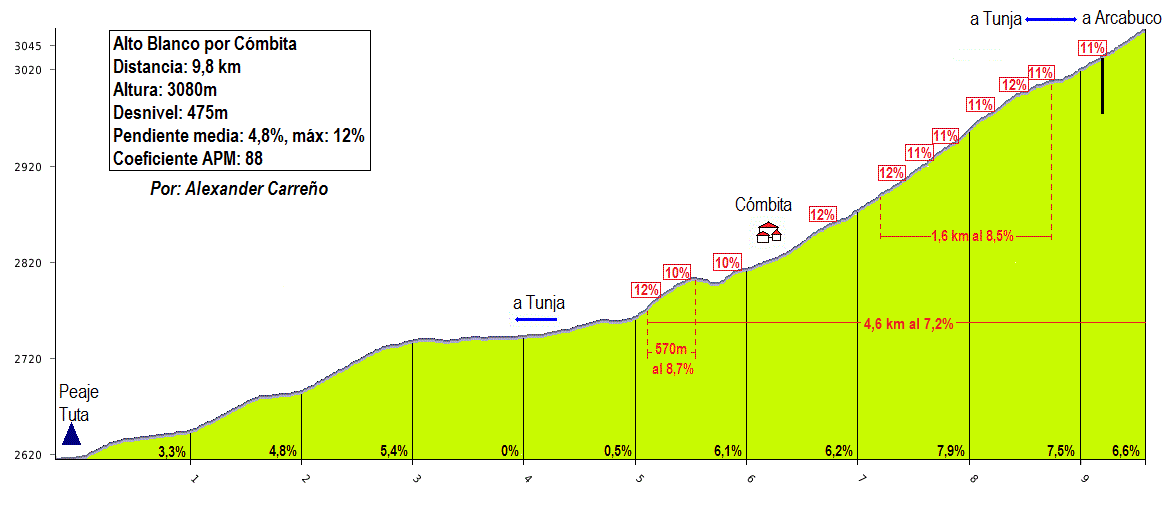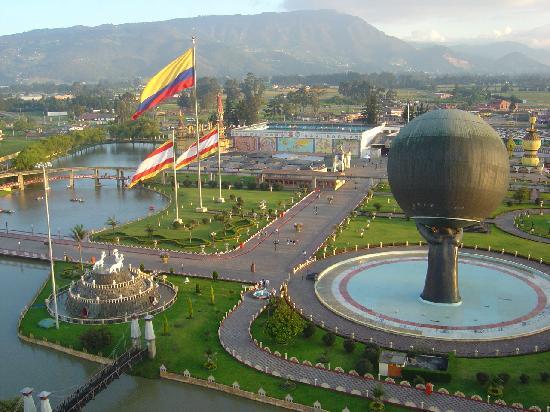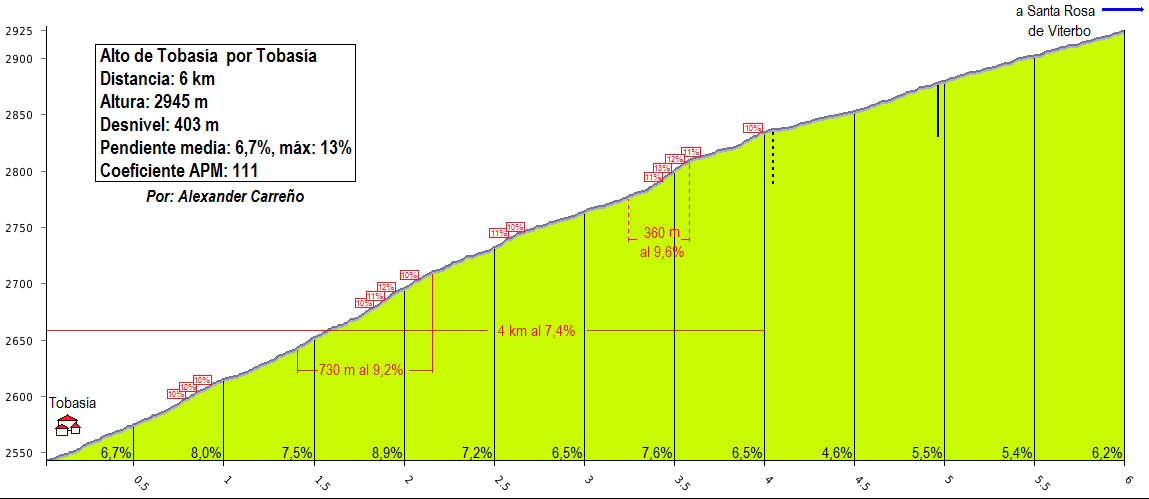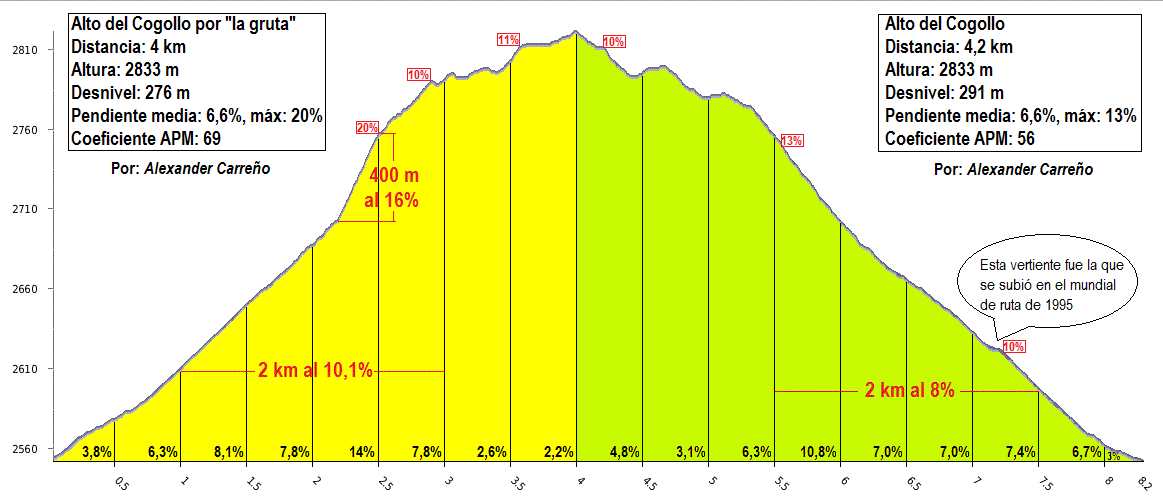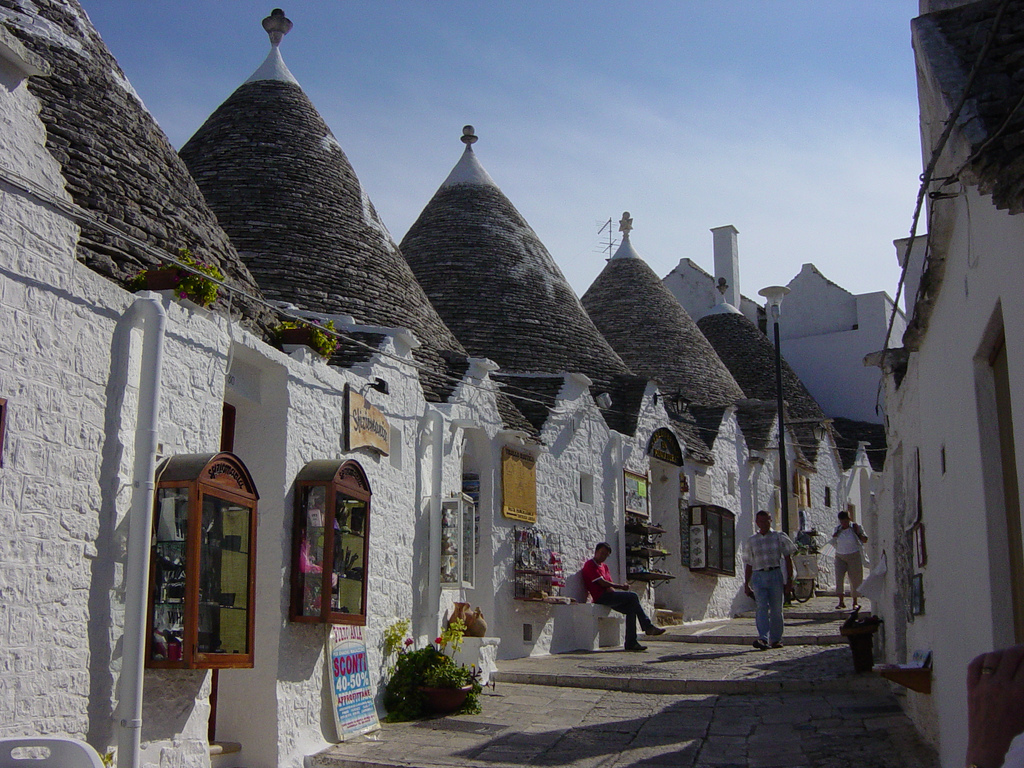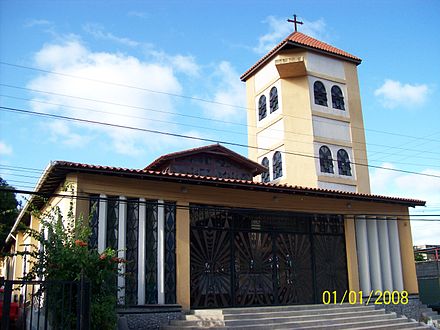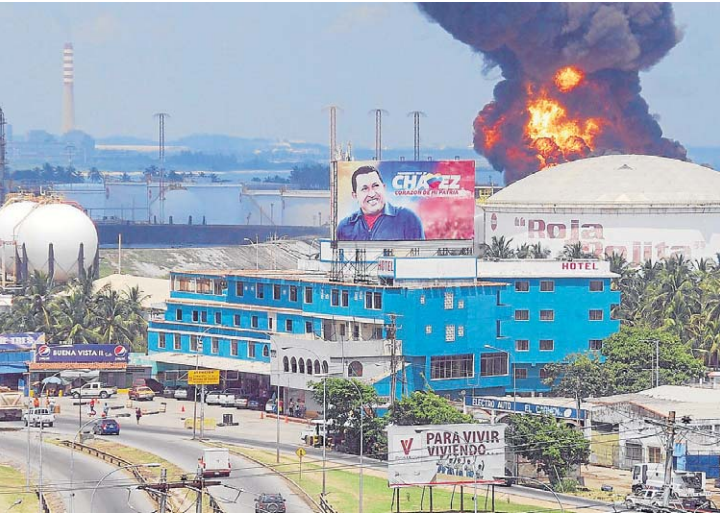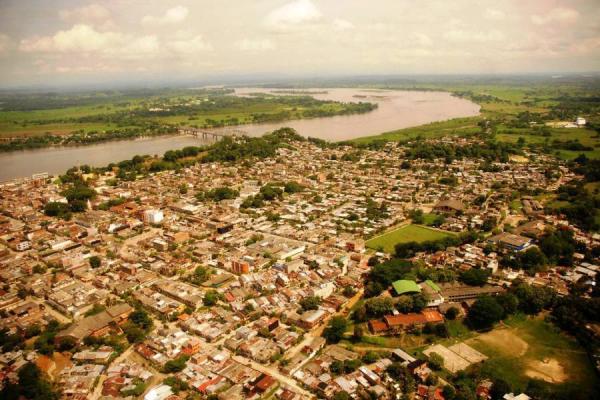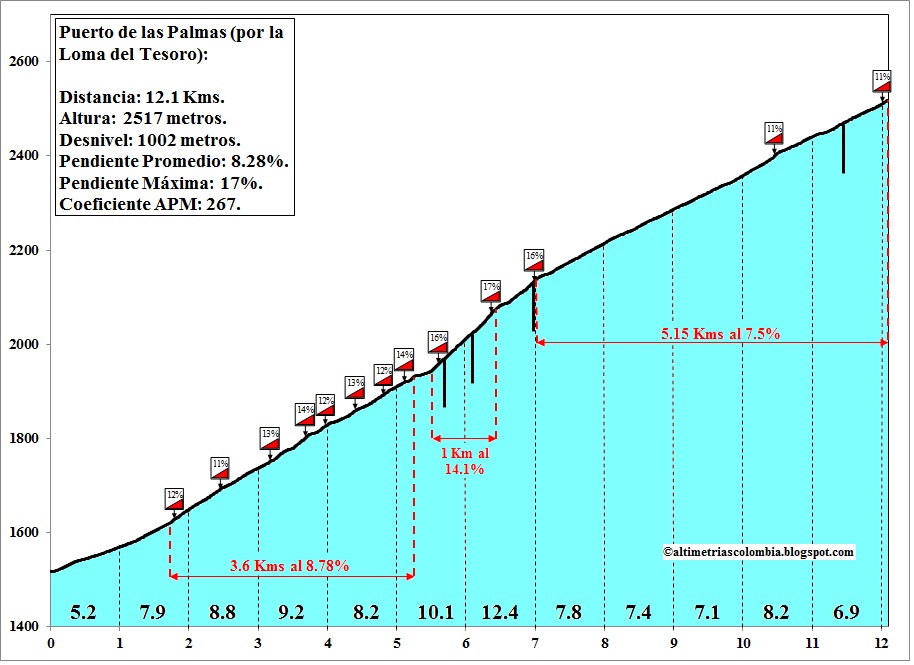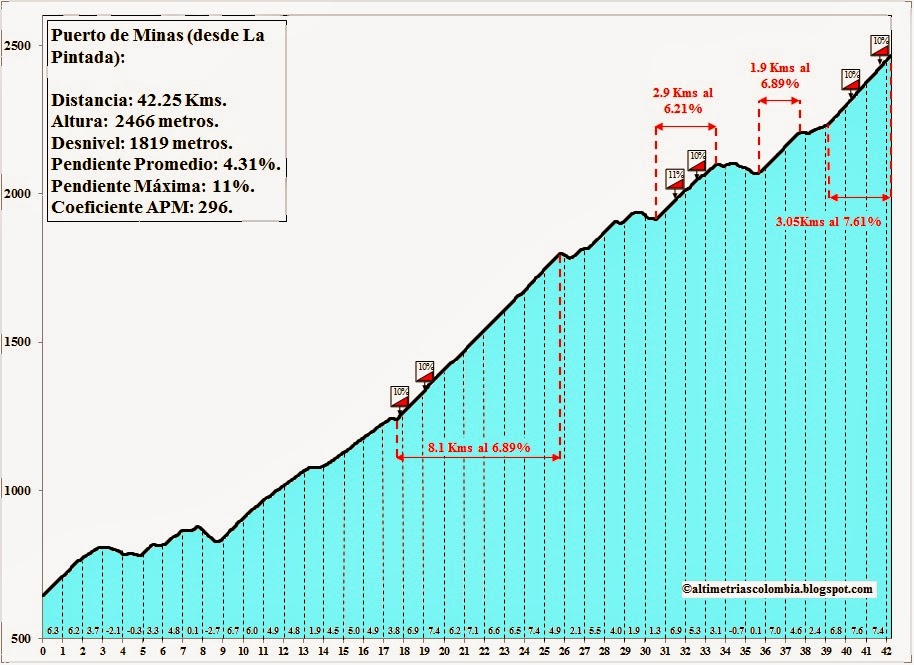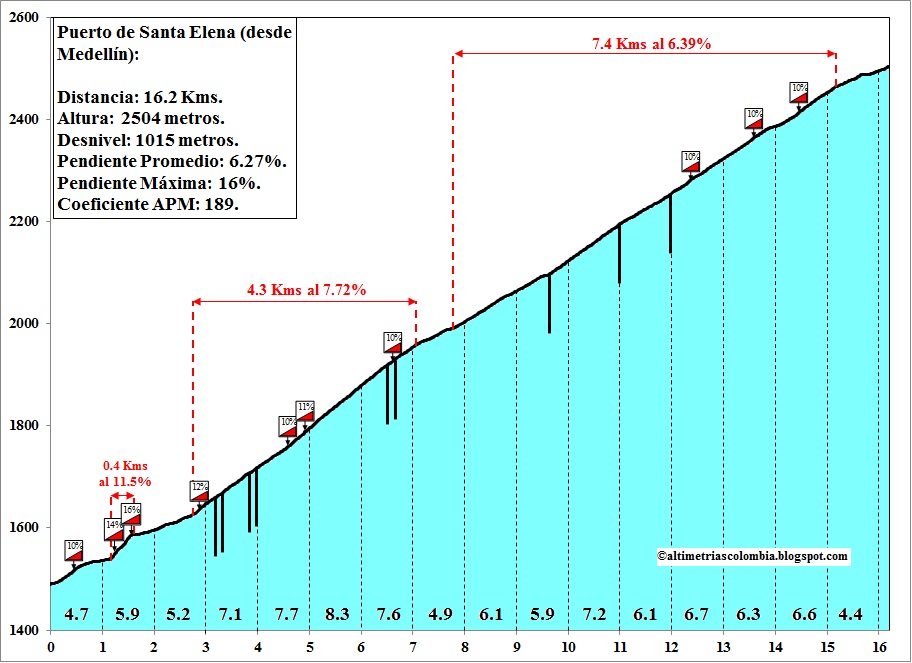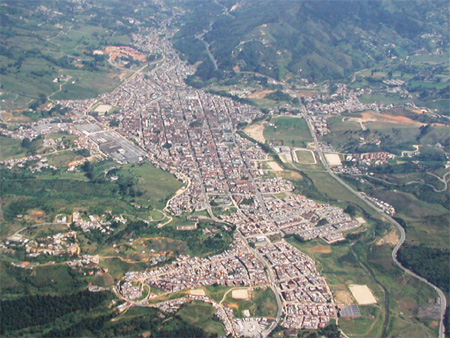- Jul 12, 2012
- 8,975
- 591
- 19,080
Stage 7: Tokushima - Mt Rokuroyama - 133km


The first of 2 crucial stages which will decide who wins the Tour of Japan. The stage is short as we have a very long transfer tonight for tomorrows stage. We move on to Shikoku Island and the riders will zig-zag their way around the mountains of the Tokushima province. The first few k's are flat before the climbing starts with 3 Cat 2 climbs. With half of the stage gone the peloton reach the longest test of Mt Kumuso which will be climbed for over 13km's, as with each of the final 3 climbs it is irregular and features some false flat but also some steeper slopes of 10%. The penultimate test of Ashimgamru is split in two halfs. The first 3k's average over 10% with a short descent in the middle before the final 4km's @ 7.5%.
The final climb of Rokuroyama is a fraction over 10km's long and at almost 8% could be a key test for what remains of the leading group. The steepest slopes are in the first half of the climb but it does have a nasty sting in the tail. With less than 1k to go the riders hit 200m section at 21%, with the final few hundred metres also at a testing 9%.
Rokuruyama 10.1km @ 7.8% profile:






The first of 2 crucial stages which will decide who wins the Tour of Japan. The stage is short as we have a very long transfer tonight for tomorrows stage. We move on to Shikoku Island and the riders will zig-zag their way around the mountains of the Tokushima province. The first few k's are flat before the climbing starts with 3 Cat 2 climbs. With half of the stage gone the peloton reach the longest test of Mt Kumuso which will be climbed for over 13km's, as with each of the final 3 climbs it is irregular and features some false flat but also some steeper slopes of 10%. The penultimate test of Ashimgamru is split in two halfs. The first 3k's average over 10% with a short descent in the middle before the final 4km's @ 7.5%.
The final climb of Rokuroyama is a fraction over 10km's long and at almost 8% could be a key test for what remains of the leading group. The steepest slopes are in the first half of the climb but it does have a nasty sting in the tail. With less than 1k to go the riders hit 200m section at 21%, with the final few hundred metres also at a testing 9%.
Rokuruyama 10.1km @ 7.8% profile:





















